This post may contain affiliate links which means I will get a commission if you make a purchase at no additional cost to you. As an Amazon Associate I earn from qualifying purchases. Please read my disclosure for details.
In an industry worth trillions globally, food manufacturers harbor darker truths beneath their glossy packaging and clever marketing.
From fraudulent ingredient substitutions costing $15 billion annually to the widespread use of harmful artificial colorings, the modern food system operates on practices that often prioritize profits over public health. Behind every supermarket aisle lies a complex web of deception, exploitation, and environmental damage.
While consumers trust labels promising “natural” and “healthy” options, the reality reveals a troubling pattern of misleading tactics, unethical production methods, and hidden dangers that affect both human health and planetary well-being.
Food Fraud and Ingredient Substitution

WANT TO SAVE THIS RECIPE?
Food fraud affects 1% of the global food industry, costing up to $15 billion yearly. Common deceptions include diluting olive oil with cheaper alternatives, mixing honey with corn syrup, and mislabeling fish species. Studies show 30-40% of fish products worldwide carry incorrect labels. These misleading ploys put consumers at risk through potential allergen exposure and undisclosed ingredients, while complex supply chains make detection difficult.
Use of Harmful Artificial Colorings and Additives

Artificial food dyes, particularly Red 40, Yellow 5, and Yellow 6, make up 90% of food colorings used in U.S. products. Synthetic food dyes link these substances to behavioral problems in children, especially those with ADHD. While several European nations have prohibited specific dyes, U.S. manufacturers continue using them. California recently became the first state to restrict artificial food dyes in school meals, though market pressure for visually appealing foods maintains their widespread use.
Related Post: 12 Popular Banned Breakfast Cereals That Are Still Sold in America
Misleading Marketing Tactics for “Natural” and “Healthy” Products
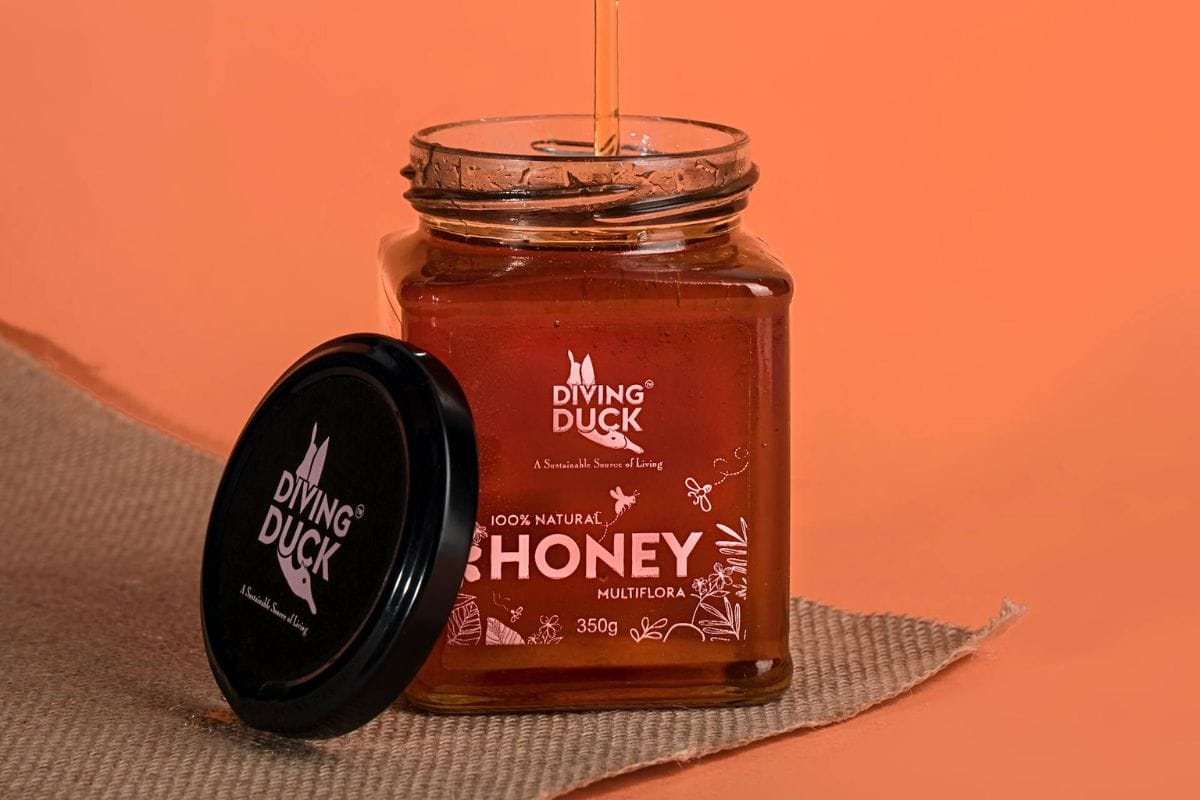
The FDA does not regulate the term “natural” on food labels, allowing manufacturers to apply it broadly to processed items. Many “healthy” products contain significant amounts of added sugars and unhealthy fats. Breakfast cereals marketed as “whole grain” often pack high sugar content. Between 2005-2008, food labels saw a misleading ploys companies use 65% increase in terms like “simple” and “simply,” though these words hold no standardized meaning for product quality or ingredients.
Related Post: 7 Points That Challenge the Premium Price of Organic
Exploitation of Child Labor in Cocoa Production

Over 2 million children work in West African cocoa fields, with Ivory Coast producing 45% of global cocoa supply. Child labor in Burkina Faso and Mali to work these fields. Many endure physical abuse, threats, and labor without payment. Despite industry pledges to address these issues, chocolate production continues to rely heavily on child workers across the region’s cocoa-growing areas.
Related Post: 10 Ingredients That Are Secretly in Your Food but Aren’t on the Label
Overuse of Antibiotics in Livestock Farming
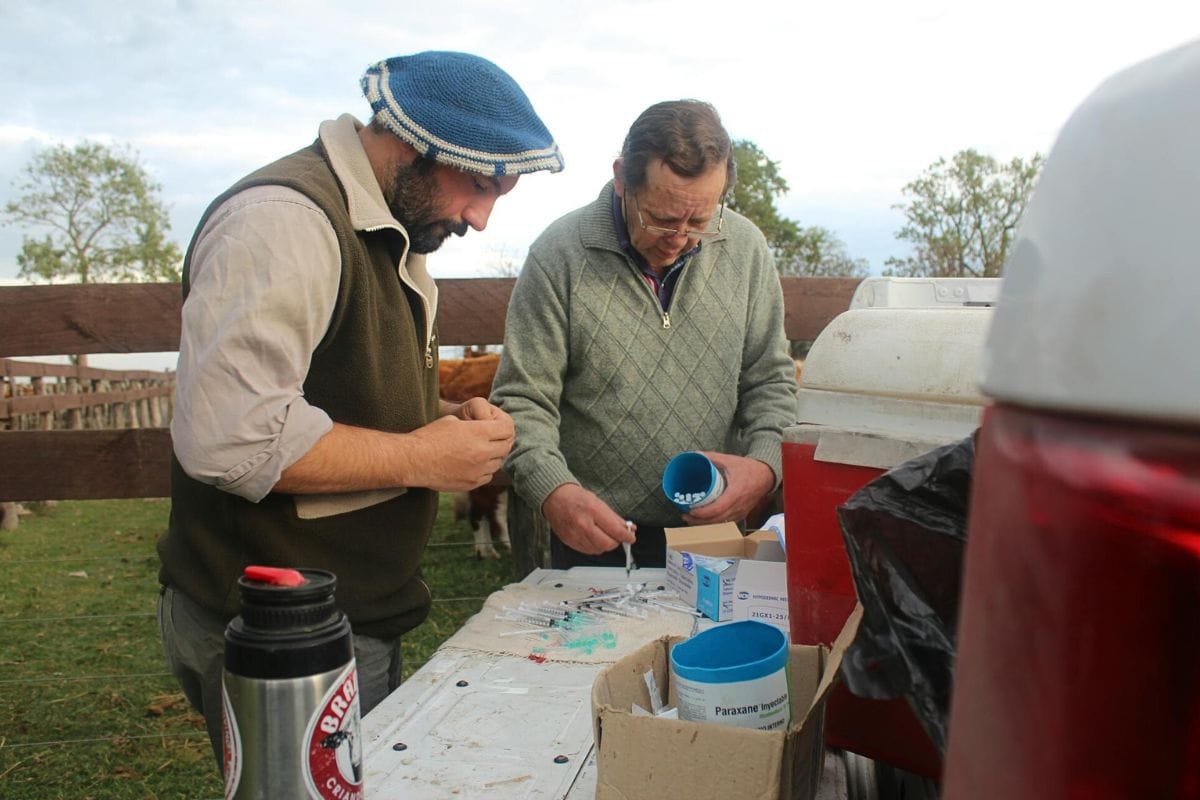
Growing use of antibiotics in animal feed to speed growth and block diseases in crowded conditions. This practice contributes to antibiotic-resistant bacteria, which puts human health at risk. Several nations, including Denmark and the Netherlands, have placed strict limits on agricultural antibiotic use. Meanwhile, U.S. consumers increasingly seek meat products labeled “raised without antibiotics,” prompting some producers to modify their practices.
Sign up now to receive our exclusive e-cookbook filled with top-rated recipes for FREE!
Deceptive Labeling of Kobe and Wagyu Beef

Only eight U.S. restaurants serve authentic Kobe beef, despite widespread menu claims. Among 40,000 Wagyu-influenced cattle in America, fewer than 5,000 qualify as purebred. Most “Wagyu” served in U.S. restaurants contains just 50% pure genetics. Authentic Kobe beef remains absent from U.S. retail stores, making restaurant claims of “Kobe burgers” or “Kobe sliders” false marketing designed to command premium prices.
Related Post: 12 Cheap Ingredients That Make Your Homemade Meals Taste Expensive
Unsanitary Conditions in Food Processing Facilities
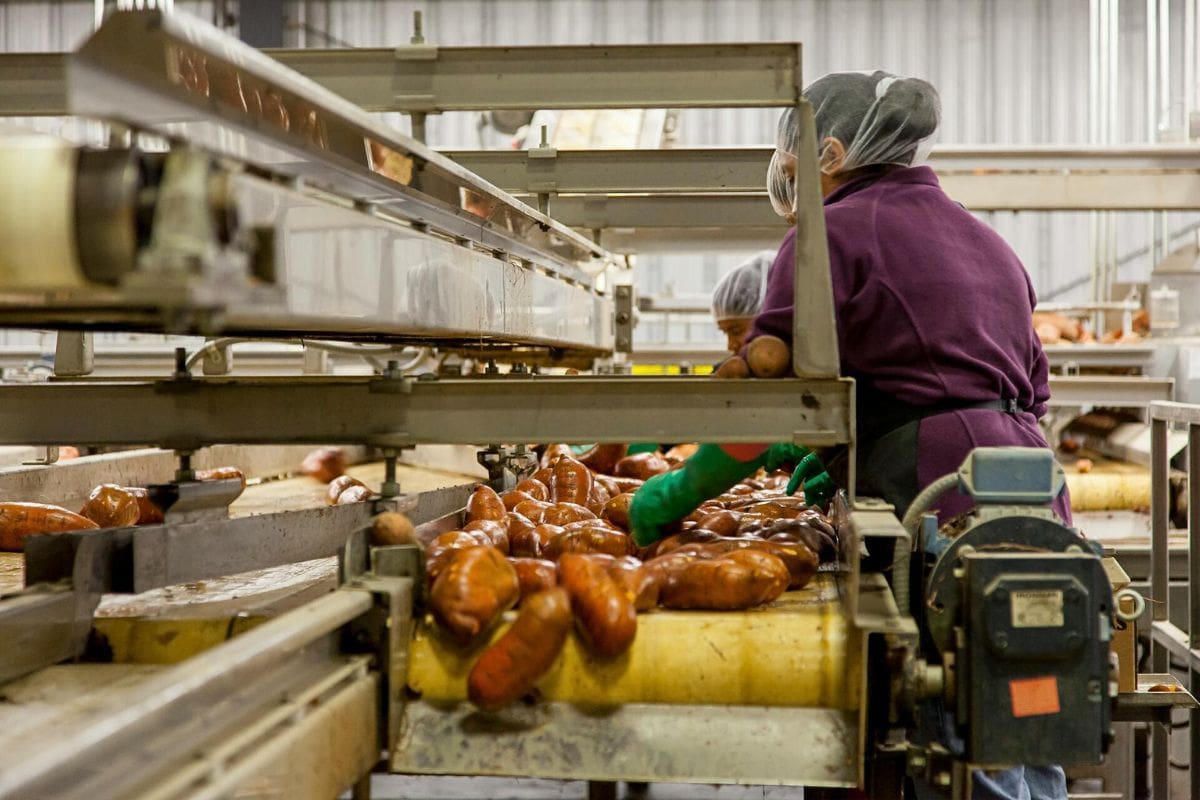
FDA regulations permit specific amounts of contaminants in food products, including rodent droppings and insect fragments. Some manufacturers operate at these maximum allowable levels to reduce production costs. Recent inspections revealed violations leading to foodborne illness outbreaks, with several major recalls affecting consumer health. Despite federal oversight, processing plants continue reporting contamination incidents through gaps in safety protocols.
Related Post: 7 Reasons High-End Restaurants Overcharge You
Hidden Sources of Added Sugars in Processed Foods

Food manufacturers list sugar under multiple names on ingredient labels, making total sugar content hard to identify. Common aliases include dextrose, maltose, and high fructose corn syrup. Everyday items like bread, pasta sauce, and ketchup often contain substantial amounts of added sugar. Companies use misleading ploys as the sugar industry historically shifted public attention away from sugar’s connection to heart disease by emphasizing fat and cholesterol concerns instead.
Related Post: 12 Grocery Store Perks Boomers Had That Millennials Will Never Experience
Environmental Impact of Industrial Farming Practices

Large-scale agriculture operations generate significant greenhouse gas emissions through machinery use and livestock production. Current farming methods deplete soil quality through monoculture practices, where single crops cover vast areas. Chemical fertilizers damage soil structure and contaminate water supplies. Growing use of antibiotics in industrial farming contributes to environmental degradation. These practices contribute to deforestation as agricultural operations expand into natural areas.
Related Post: 14 Food Industry Secrets That Will Make You Question What You Buy
Use of Controversial Pesticides in Crop Production
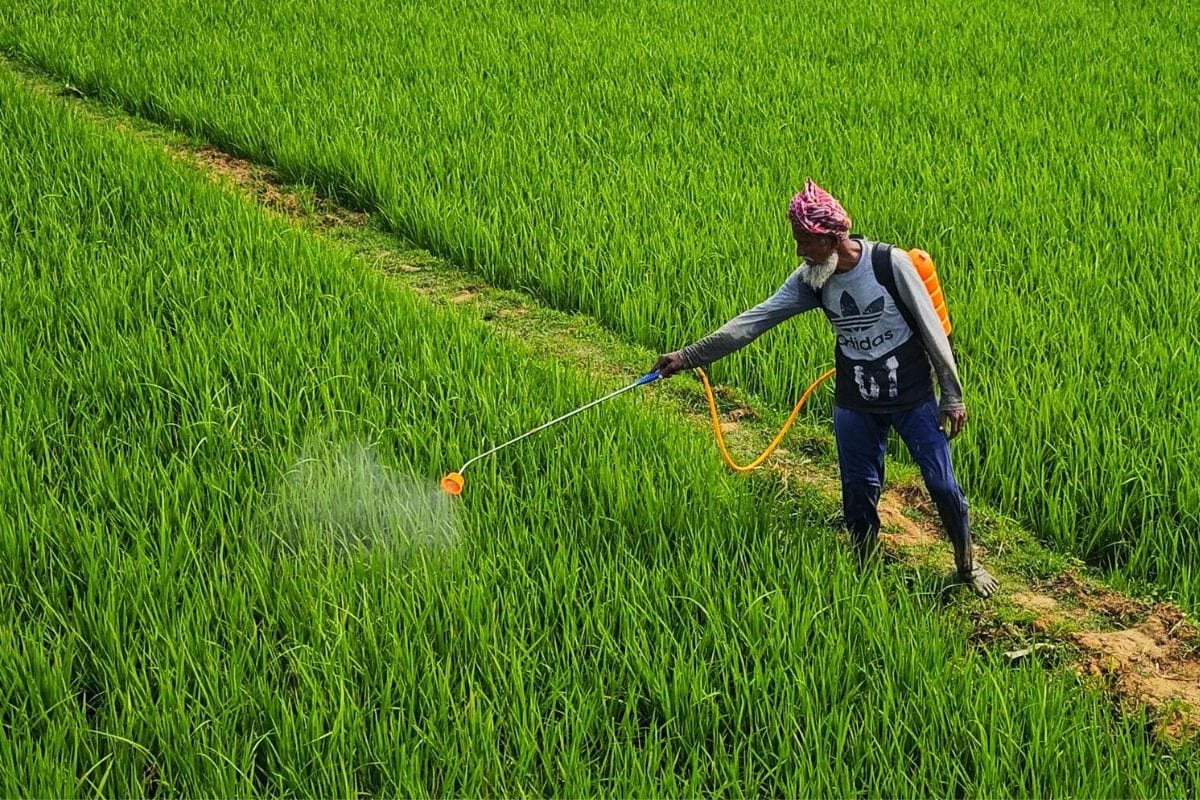
Glyphosate, the most widely used herbicide worldwide, faces mounting scrutiny over potential health risks. While the U.S. continues broad pesticide application, several countries including Austria and Luxembourg have banned specific agricultural chemicals. Studies link these substances to various health conditions, though manufacturers dispute these findings. Small-scale organic farming has grown 5% annually since 2015, offering consumers an alternative to conventionally grown crops treated with synthetic pesticides.
Sign up now to receive our exclusive e-cookbook filled with top-rated recipes for FREE!
Manipulation of Expiration Dates to Reduce Food Waste

Food manufacturers often set overly cautious “best before” dates, leading to unnecessary food waste. Industry data shows many products remain safe for consumption well past printed dates. The difference between “use by” and “best before” dates creates consumer confusion, with many discarding safe food. Some companies adjust dates to minimize losses from unsold inventory, while others extend dates through small ingredient modifications. This practice, while reducing waste, raises questions about transparency and food safety standards.
Related Post: 8 Everyday Foods Facing Higher Prices Under Trump’s Tariffs
Presence of Microplastics in Seafood and Bottled Water
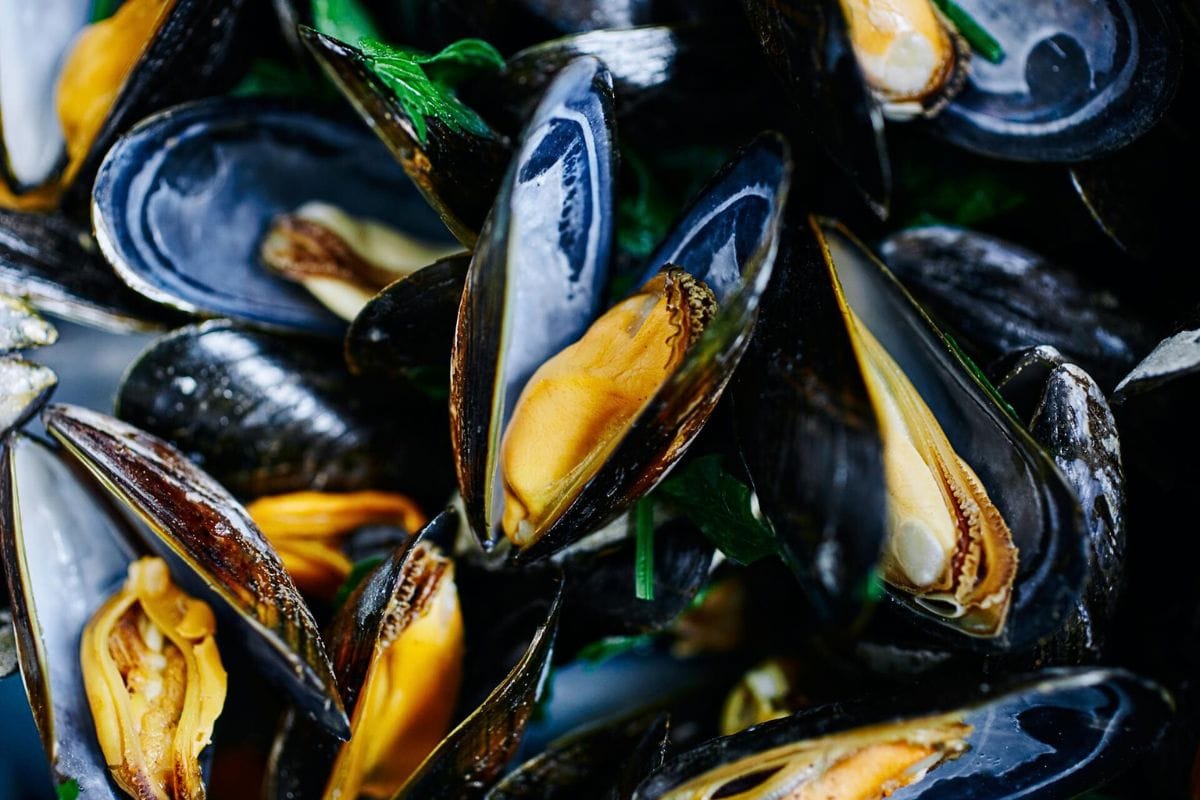
Scientific studies have detected microplastics in both seafood and bottled water supplies. These tiny plastic particles enter food and water through ocean pollution and the breakdown of larger plastic items. Fish and shellfish absorb these particles, which then move up the food chain. Tests found microplastic pieces in 93% of bottled water samples. While researchers work to assess long-term health effects, current evidence points to potential risks from chemical absorption and physical particle accumulation in human tissue.
Related Post: 12 Packaged Food Ripoffs That Have Quietly Gotten Worse
Unethical Treatment of Animals in Factory Farms
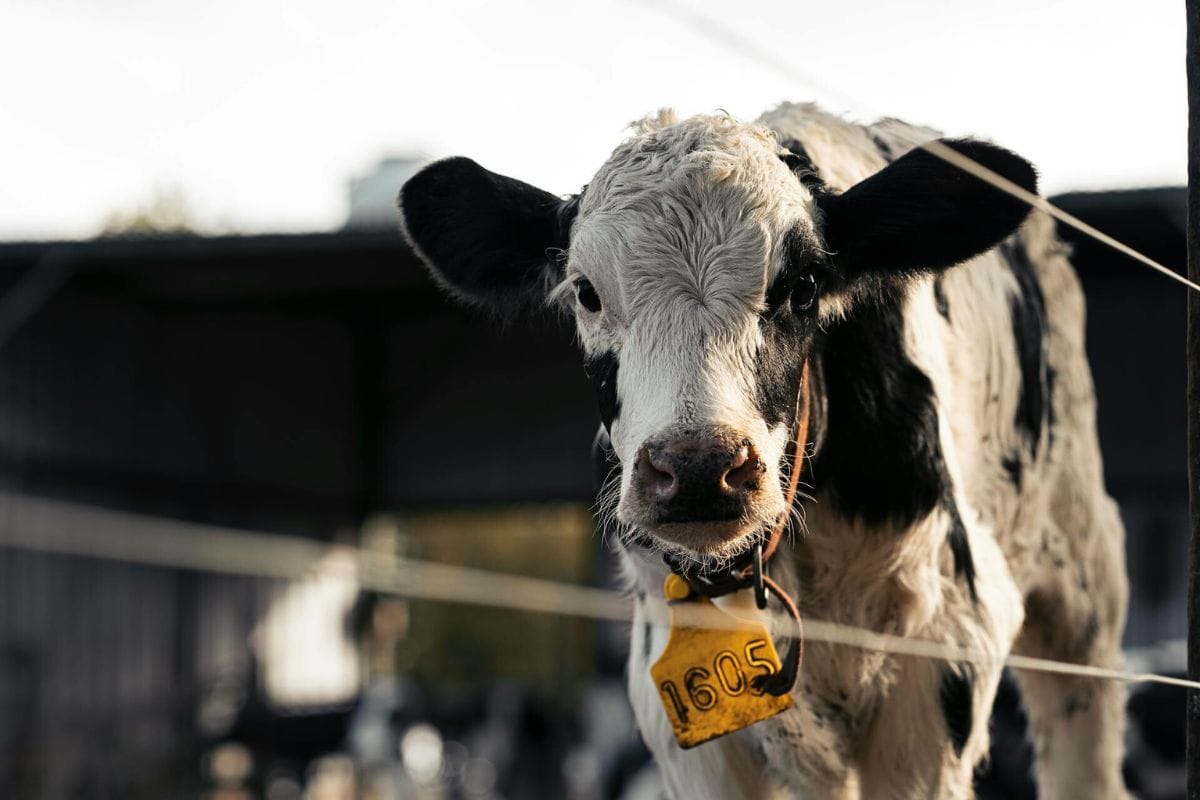
Factory farms keep animals in tight spaces that limit movement and natural behaviors. Practices like tail docking in pigs and beak trimming in chickens occur without pain relief. Recent hidden camera footage shows animals standing in waste and confined in small cages. As consumers learn about these conditions, many now seek products with animal welfare certifications. The Certified Humane label requires farms to provide adequate space, proper ventilation, and access to natural behaviors.
Related Post: 10 Supermarket “Sales” That Aren’t Really a Good Deal
The Hidden Cost of Our Food Choices
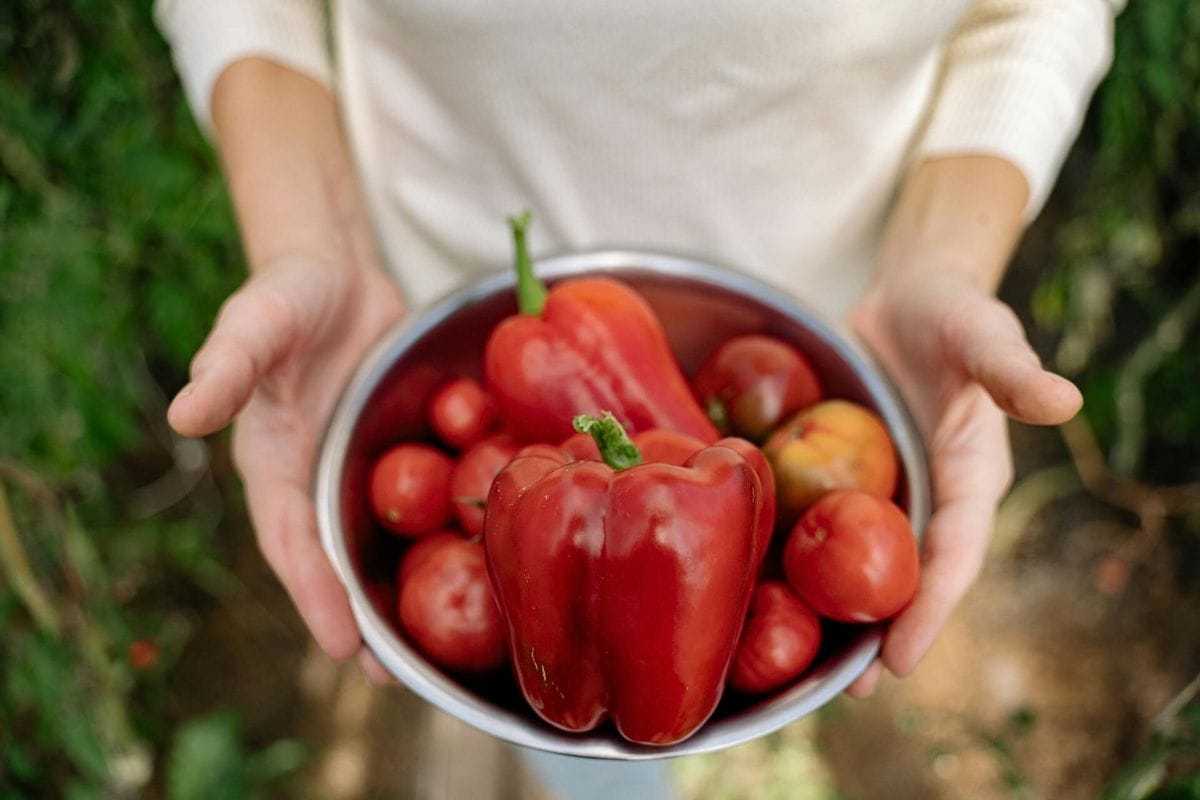
The food industry’s secrets extend far beyond simple marketing deception, encompassing a complex network of practices that impact human health, animal welfare, and environmental sustainability. From the presence of microplastics in our seafood to the exploitation of child labor in cocoa production, these issues demand increased consumer awareness and regulatory oversight.
As consumers become more informed about these industry practices, their purchasing decisions hold the power to drive meaningful change. The challenge lies in balancing the demand for affordable, convenient food with ethical production methods and transparent labeling that truly serves public interest.
Sources:
- 10 Secrets about the Food Industry They Don’t Want You to Know
- Food Fraud Examples: Types and Real-World Cases
- What is food dye? – Environmental Working Group
- 10 Secrets the Food Industry Doesn’t Want You to Know – WatchMojo
- 15 Shocking Food Industry Secrets – THCFarmer
- Banning Artificial Food Dyes: Health Risk or Overreaction?
Disclaimer: This list is solely the author’s opinion based on research and publicly available information.
11 Expensive Grocery Items That Are Cheaper in a Different Aisle

Grocery stores are designed to make you spend more than necessary, often by placing similar products in different aisles with dramatically different price tags. Many shoppers unknowingly pay premium prices for items that can be found cheaper just a few shelves away. By knowing where to look, you can save big on everyday essentials.
Read it here: 11 Expensive Grocery Items That Are Cheaper in a Different Aisle
15 Sneaky Corporate Tricks That Make You Spend More Without Realizing

From grocery stores to online retailers, corporations use a variety of subtle tactics to get you to spend more than you intended. These psychological tricks make purchases feel like good deals, even when they aren’t. The more you understand these sneaky marketing strategies, the better you can resist unnecessary spending and keep your budget in check.
Read it here: 15 Sneaky Corporate Tricks That Make You Spend More Without Realizing
Is Walmart+ Still Worth It in 2025? The Truth After 3 Years

Could you be missing out on major savings and life-changing convenience? After three years with Walmart+, I’m sharing the honest truth about what’s worth it—and what’s not. Don’t sign up (or skip out!) without reading this first!
Read it here: Is Walmart+ Worth It? Honest Review 3 Years Later!
